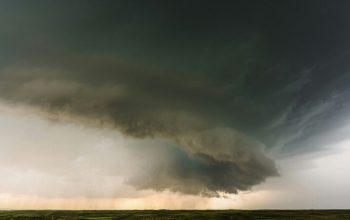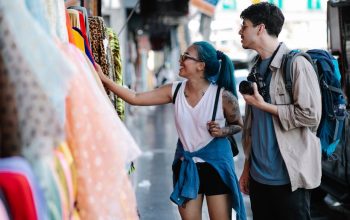Although Eagle Grove was not on the “line of totality”, where the Sun would appear to be fully blocked out by the Moon from the Earth, the celestial event of Monday’s eclipse was nonetheless visible here, and locals were quick to snap up every available pair of eclipse glasses to see the event with their own (protected) eyes. Including a group of middle school students. While others, including local photography enthusiast Jim Fischer, chose instead to view the eclipse on their digital cameras.
Viewing the eclipse with the naked eye was not advised because the intense brightness of the sun’s isolated corona can damage retinas. And as human retinas do not have any pain sensors, people could be doing permanent damage to their eyes by looking directly at the eclipse without protective lenses. Which might not begin to be noticeable right away.
But viewing the eclipse through special glasses that filter out the harmful light bandwidth was safe, as was viewing the eclipse by looking at a screen, such as a television broadcast, a smartphone screen used as a viewer, or the LCD screen on a digital camera.
Those who missed the event will have to wait another 40 years to see it, if they are lucky enough to have that long. Or, with today’s technology, they can just go watch it on the web version of this article, at theeaglegroveeagle.com, to see NASA’s (Nataional Aeronautics and Space Administration) live coverage of the event.







